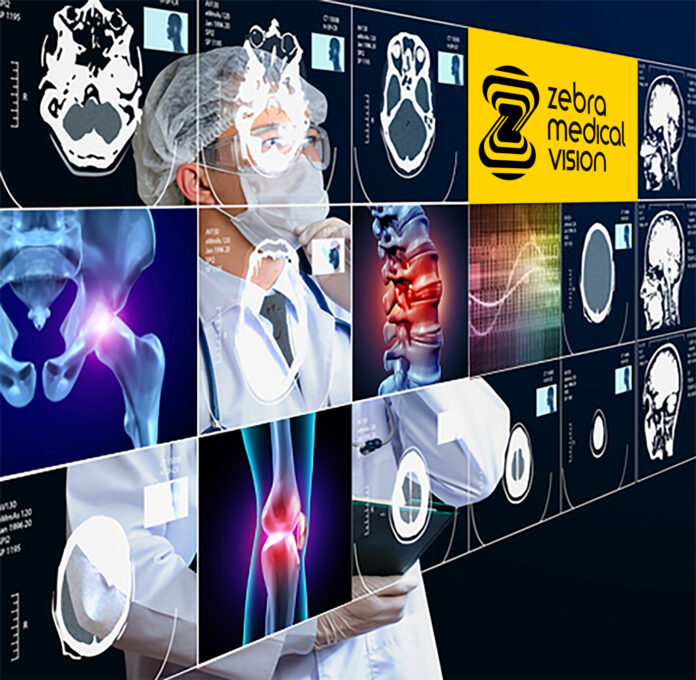KIBBUTZ SHEFAYIM, Israel—Zebra Medical Vision, a deep-learning medical imaging analytics company, announces its seventh FDA clearance.
The latest clearance is for an AI solution to extract bone measurements from X-ray scans, at the same quality as CT scans, for planning orthopedic surgical procedures. Zebra-Med’s novel technology was recently patented [16/387,599] and is expected to transform orthopaedic surgery, opening new markets for implants surgeries in places where CT scans and MRIs are not available or affordable for such procedures.
Every year, millions of orthopaedic procedures worldwide require CT scans or MRI imaging to assist with pre-operative planning. CT scans and MRI imaging can be expensive, and CT scans are associated with more radiation and are uncomfortable for some patients. Zebra-Med’s technology uses AI algorithms to reconstruct a 3D model of the patient’s bones from standard X-ray images – providing orthopedic surgeons full-shape landmarks and measurement information accurately and affordably. Zebra-Med’s ability to create these reconstructions is based on the largest real-world, medical-image database available today.
Zebra-Med’s solution also addresses the logistical bottleneck spurred by unnecessary implants being delivered to each surgery, raising inventory and healthcare costs at large, due to limitations of existing planning solutions.
“The ability to determine implant size cost- effectively (without CT or MRI) will enhance preoperative surgical planning”, says Dr. Charles Lim, Total joint replacement expert, Menlo Park, CA. “This technology can particularly help with less common implant sizes (small or large) and for implant inventory management”.
“Zebra Medical Vision is proud to lead the AI medical imaging market,” says Ohad Arazi, CEO of Zebra Medical Vision. “Expanding from radiology to orthopedic surgery supports our mission of leveraging machine learning and computer vision to help patients achieve better care everywhere with more readily available resources.”


